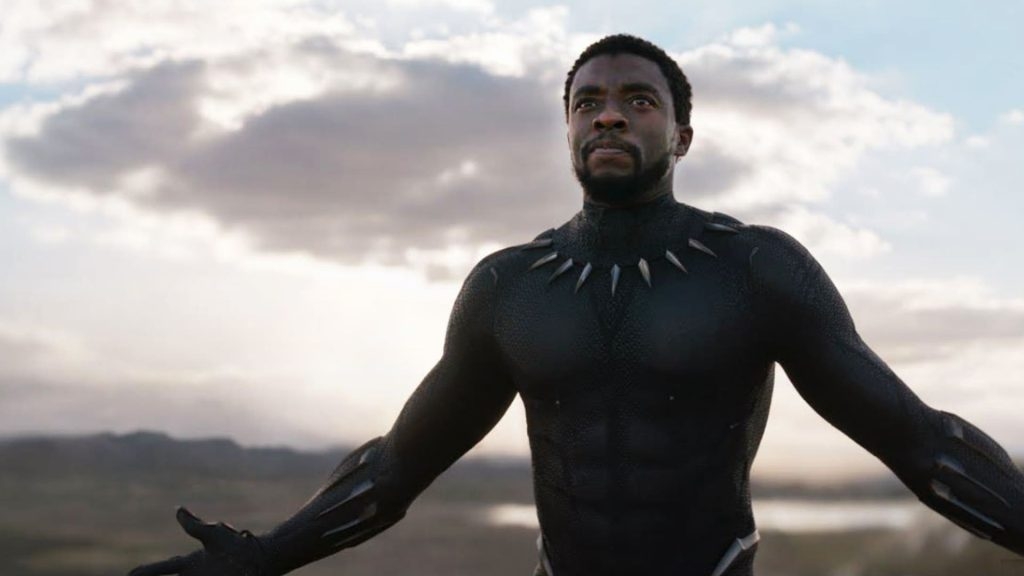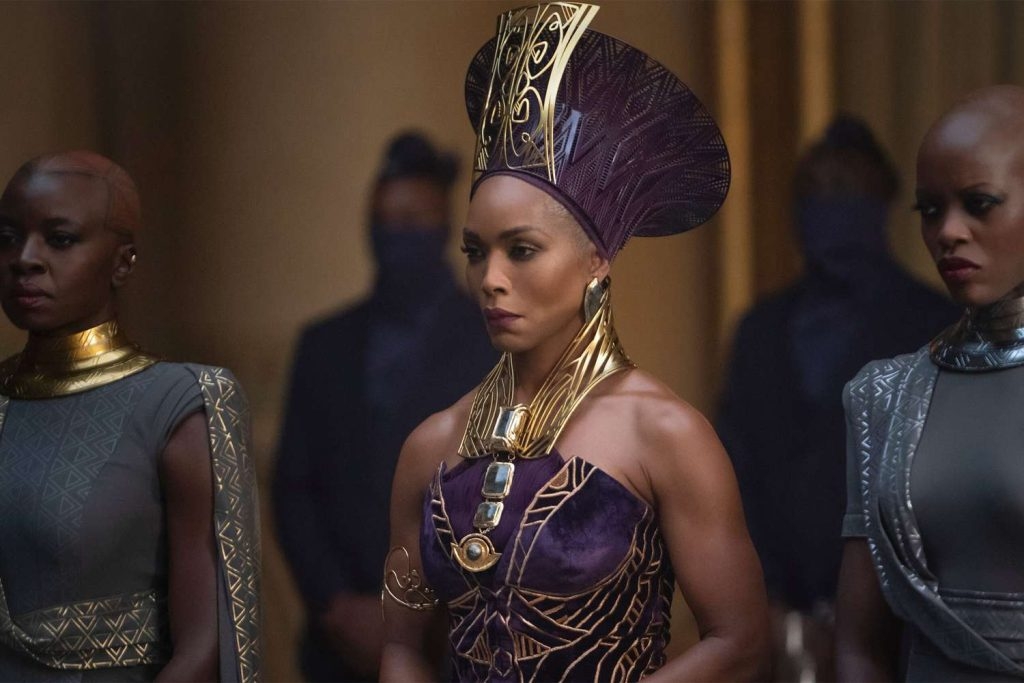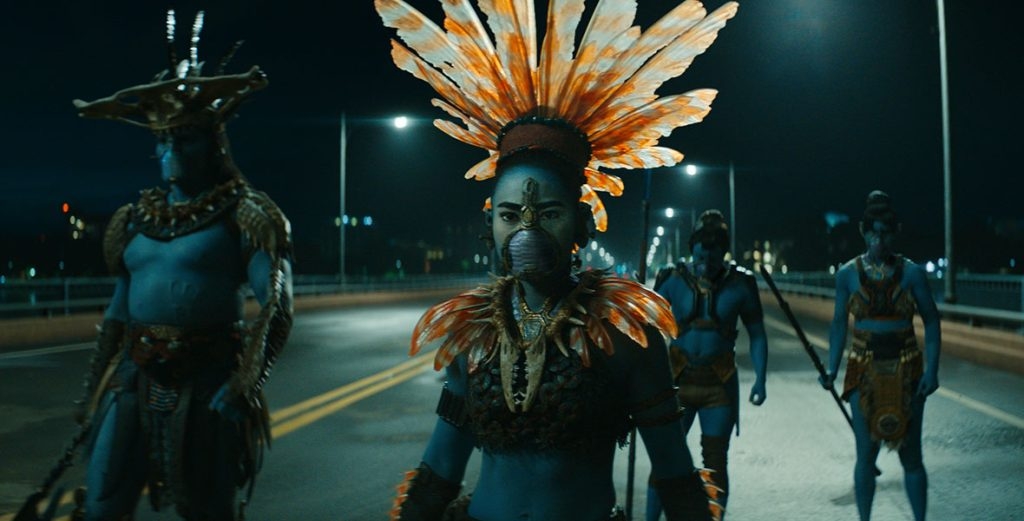Real Inspiration Behind Black Panther’s Color Scheming May Shock Fans
In the realm of cinematic storytelling, the significance of costumes cannot be denied. One noteworthy example of this is the Marvel blockbuster, Black Panther, where the costume color scheming took on a mysterious and culturally rich inspiration. The attire worn by actors not only serves as a visual representation of their roles but also plays a pivotal role in shaping the overall narrative.

Behind the mesmerizing wardrobe choices of the characters in Black Panther stood the talented and Oscar-nominated costume designer, Ruth Carter. What many viewers might not be aware of is the enigmatic inspiration that fueled the costume color scheming in this Marvel masterpiece. The vibrant and diverse palette wasn’t just a visual feast but a reflection of African heritage, traditions, and symbolism.
Vibrant Costumes of Black Panther Weave Intricate Cultural Threads

Black Panther transcends the typical superhero narrative, serving as a profound celebration of African culture, particularly evident in its meticulously curated costume department. Led by Ryan Meinerding and Anthony Francisco, Marvel elevated the film’s authenticity by enlisting the expertise of Oscar-nominated costume designer Ruth Carter. Carter was charged with the task of dressing and crafting over a thousand costumes for Wakanda’s diverse inhabitants.
Marvel Universe Quiz
Also Read: “I don’t want to say too much about it”: New Black Panther Spinoff Show Gets Cryptic Update
Drawing inspiration from a myriad of African tribes, Ruth Carter seamlessly blended tradition and modernity, ensuring the film’s visual aesthetic resonated with authenticity. While the royal family adorned themselves in regal purple, symbolizing prestige and leadership, the river tribe opted for green, a nod to fertility and abundance. Fashionista reports that
“She created specific color palettes for each of the Wakandan tribes, like plums and purples for the merchants, referencing the Sub-Saharan Tuareg; green for the river tribe, based on the Suri in Southwestern Ethiopia; and ochre for the mining tribe, inspired by the Himba in Northern Namibia.”
Yet, the nuances of color choices in the film go beyond the obvious. The fierce warrior women of the Dora Milaje, draped in bold red, find inspiration from the Masai tribe of Kenya and Tanzania. For them, red embodies courage, bravery, and strength, weaving a deeper narrative into their character portrayals.
Delving even further into cultural richness, the Wakandan merchant tribe dons silver and dusty purple, complete with face coverings. This particular choice draws from the Tuareg people of Mali, Niger, and Algeria. Historically, these tribes traversed vast desert landscapes, leading to the incorporation of head coverings and veils in their attire.
The Symbolic Use of Blue in Black Panther‘s Villain Costumes

In the realm of Black Panther’s costume design, a controversial yet thought-provoking choice emerges in the color scheme assigned to the villains. Both Killmonger and Klaue, central antagonists in the narrative, prominently feature blue as their main color. This thematic choice extends to the border tribe aligning with Killmonger and even resonates in Wakanda Forever with Namor’s people also clad in blue attire.
The rationale behind this seemingly contentious decision finds its roots in the creative collaboration between director Ryan Coogler and costume designer Ruth Carter. Coogler, aiming to draw a powerful parallel, likened the blue-clad characters to the police force.
However, In Disney’s perspective, the use of blue is more than a mere color choice; it serves as a multifaceted symbol representing danger and trouble. According to Carter, blue was intentionally chosen to symbolize not only the police but also colonization. While the choice may have been controversial, it remains a significant aspect of the film’s narrative.





